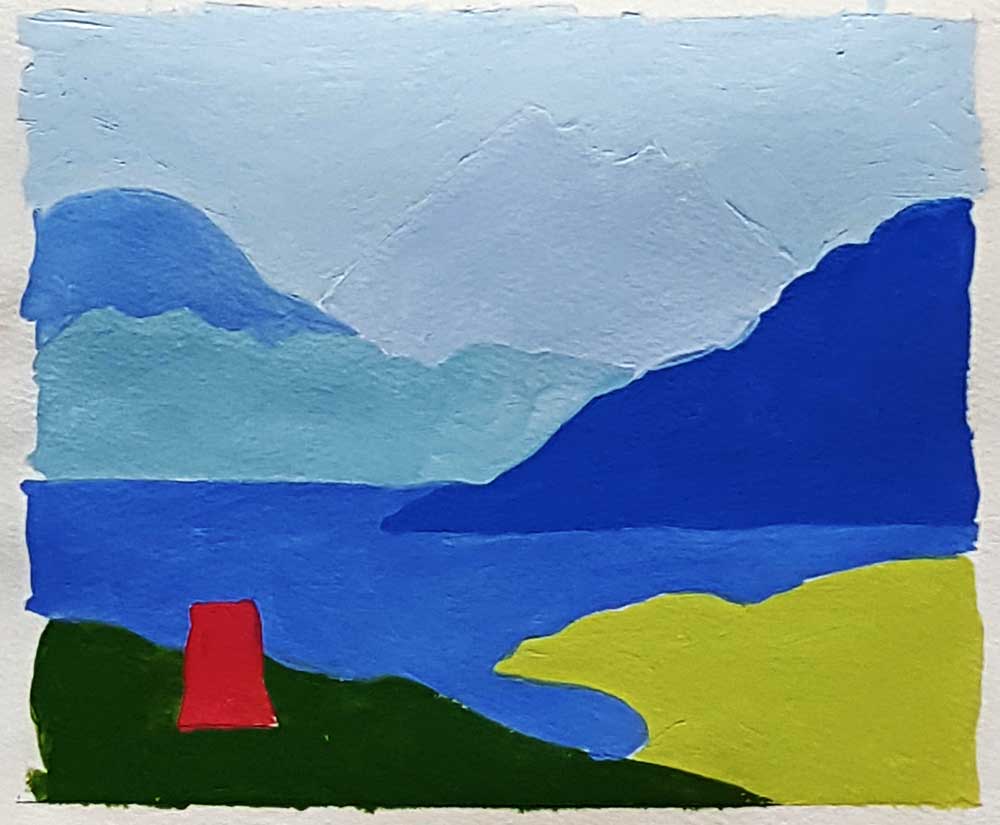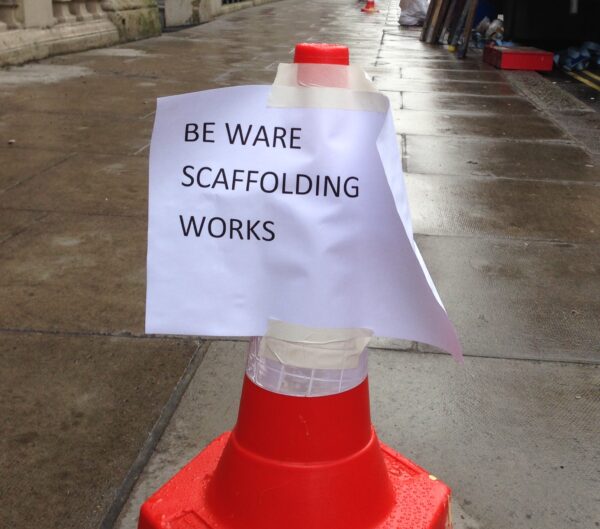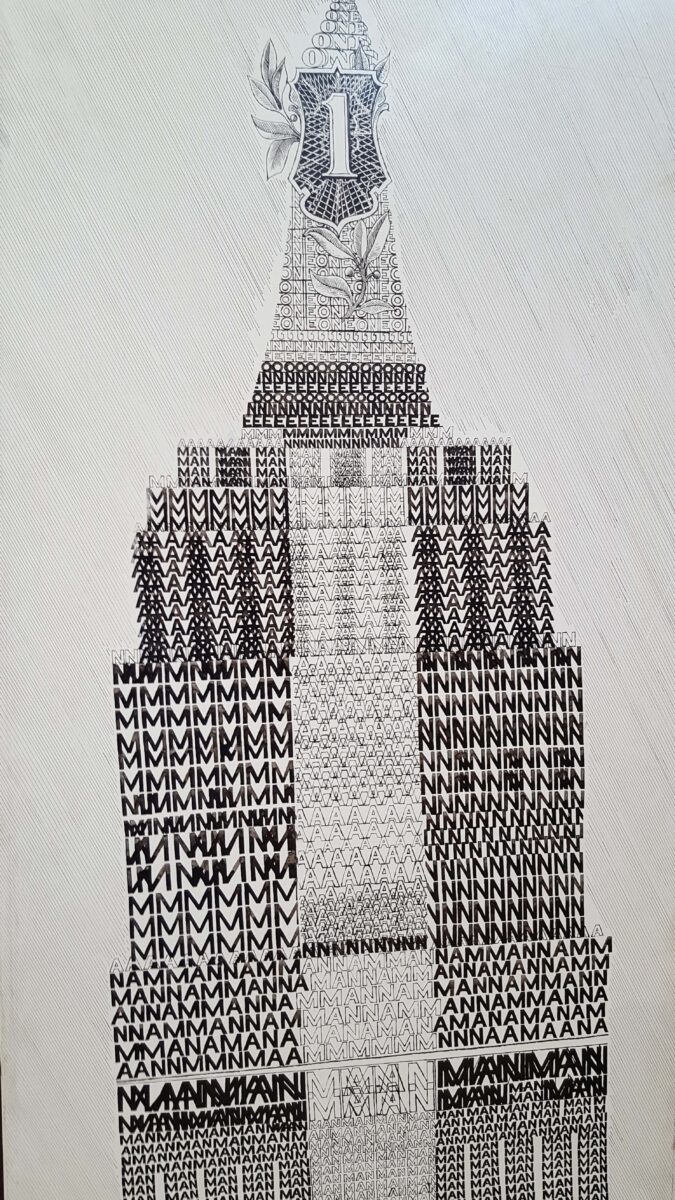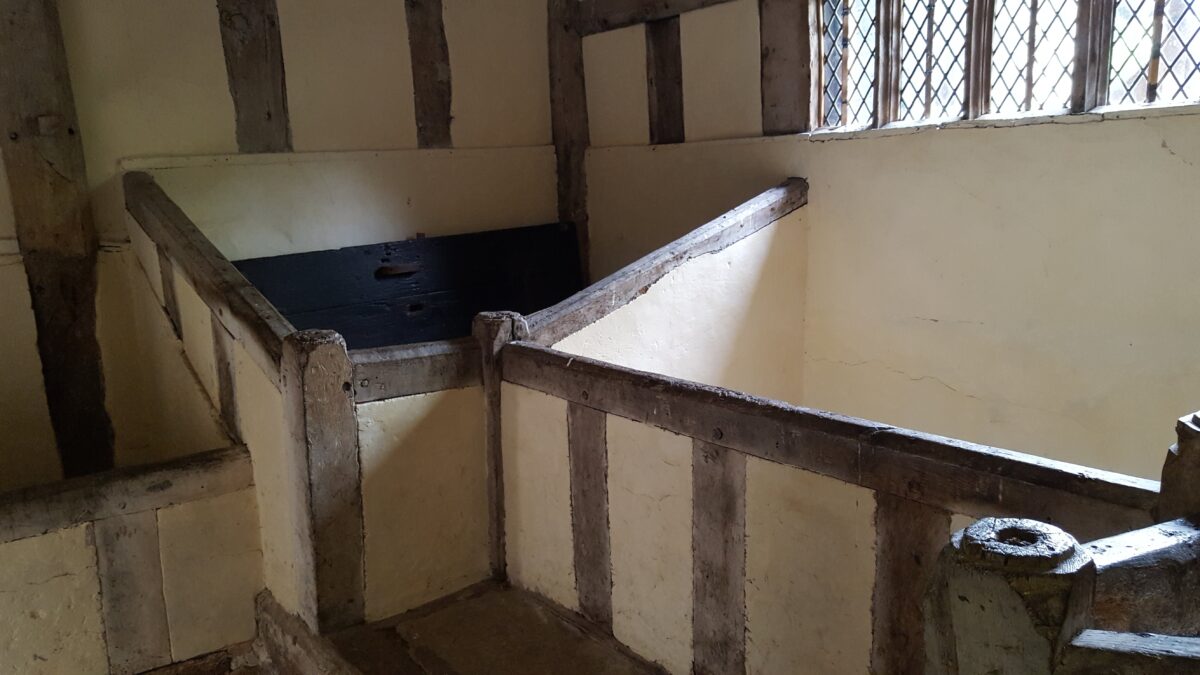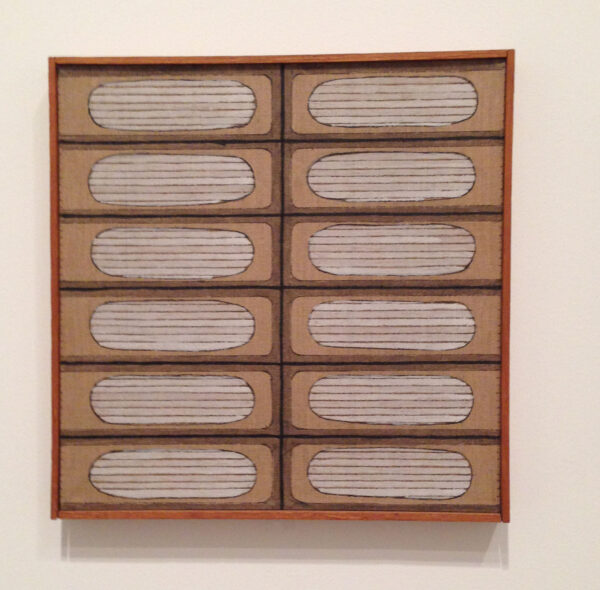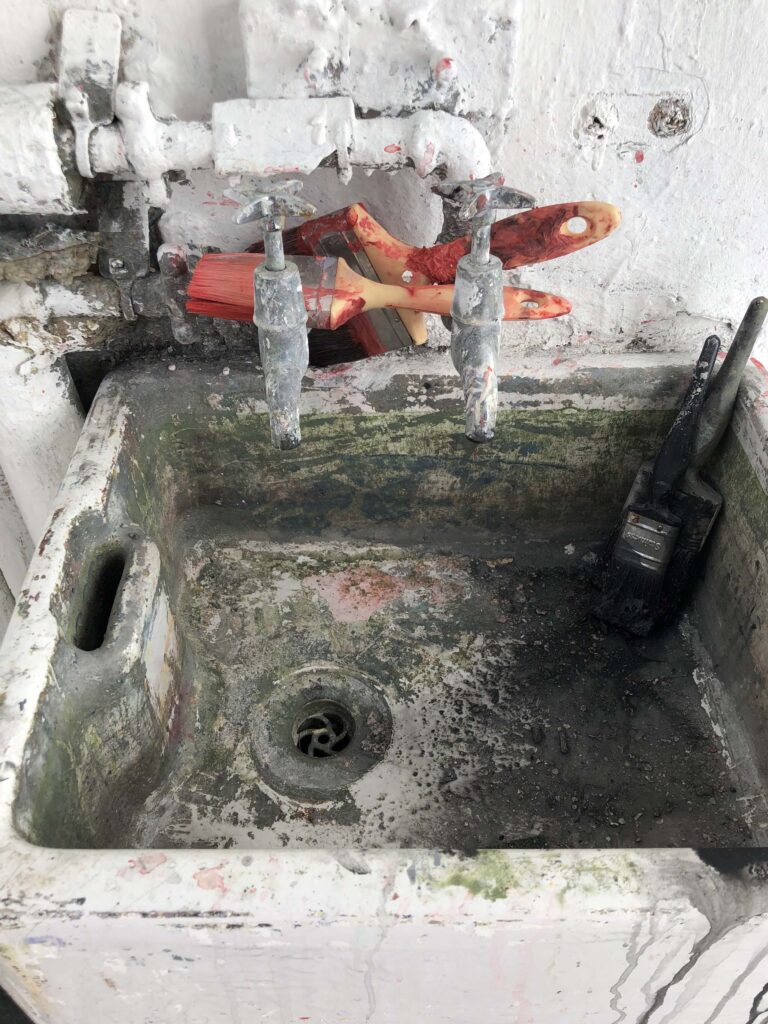
Author: PT
Peter Town is a born storyteller, gifted with an ability to translate both everyday quirks and deeper philosophical musing through his work. Often using strong lines, striking colours and symbolism in his pictures, Town has built a vibrant portfolio.
Born in Bethnal Green, he grew up in Liverpool and was later educated at Bath Academy of Art and the Royal College of Art. Taking advantage of his ability to communicate ideas visually, he went on to enjoy a successful career as a designer while he continued to paint and develop his artistic style through drawing, painting, photography, and printmaking.
While many of Town’s paintings use strong shapes and primary colours, such as the Stairscapes series, others are quieter and more contemplative, representing a more tranquil inner space.
His Abstracts series features works where the narrative is more ambiguous but ever-present. He sees landscapes, interior spaces and natural forms as abstract shapes and colours, transcribing these in his unique style onto paper and canvas.
Nice smile
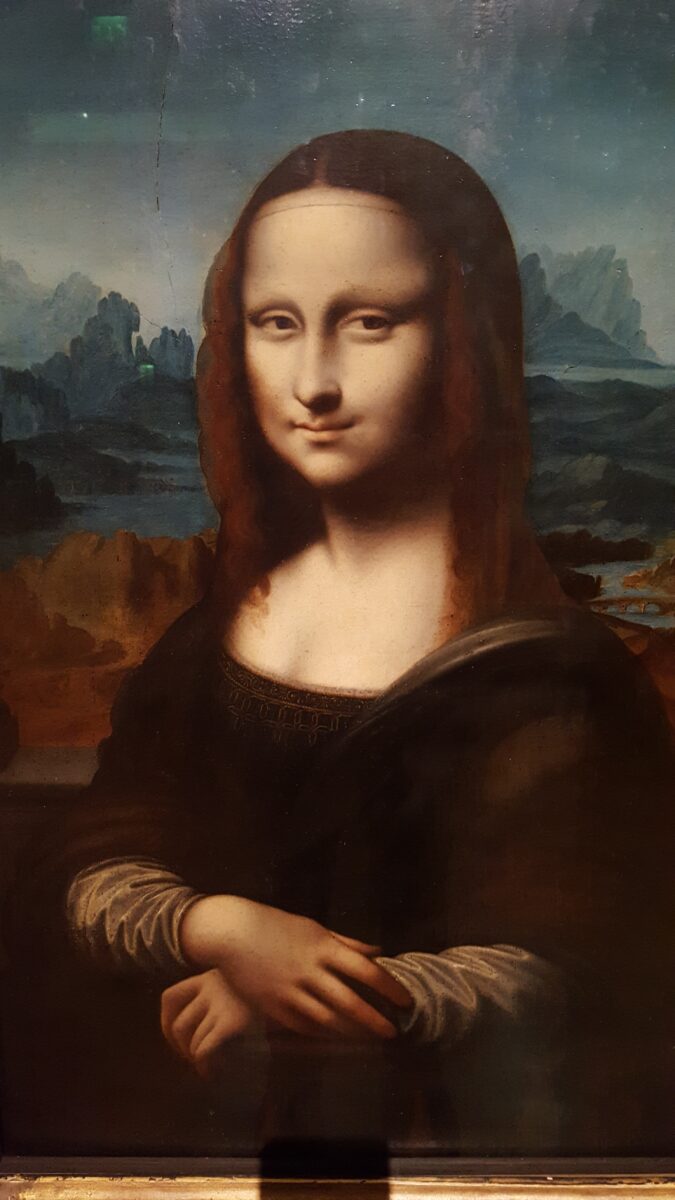
‘Model Server Rack Display’ by Simon Denny
Be ware?
the frontier of civilisations
#ancientcicilisations – traces of the past
Sicily is both the past and the future. Its history of continual immigration, invasion and assimilation provides a portal onto the future, while its past is so complicated that it is difficult to separate fact from fiction.
The largest of the Mediterranean islands, and strategically placed for both trade and military purposes, Sicily has been ruled over the centuries by, amongst others, the Vandals, the Romans, the Normans, the Byzantines, the Spanish, the Hapsburgs and the Bourbons. It was finally brought under the control of a unified Italy in 1860, although – typically – it was granted special status as an autonomous region in 1946.


a paradise of green and blue
#seperateidentities -otherness
Over many centuries, the Cornish people have travelled the world, spreading their mining and seafaring skills, but that has done little to diminish the region’s association in our minds with mythical kings, pirates, smugglers and romance. From the legends of King Arthur to tales of shipwrecks and bounty hunting, and from its close links with Brittany to its peculiarly Celtic brand of Christianity, this narrow peninsula at the southwest tip of the British Isles retains an ‘otherness’ that its people are fiercely keen to protect, and that gives it its unique appeal to artists like me.
A tension is created where the land meets the sea. There is a clear border between two worlds, sometimes softened and blurred by light and calm, while at others broiling waters dash against the shoreline. Cornwall makes a fascinating subject for artists, because it is both an ancient landscape and an extremity – a destination, not a thoroughfare. Away from the picturesque fishing villages and sweeping beaches, there is a dramatic interior of moorland and hidden valleys that provide endless opportunities for me to capture its magic.
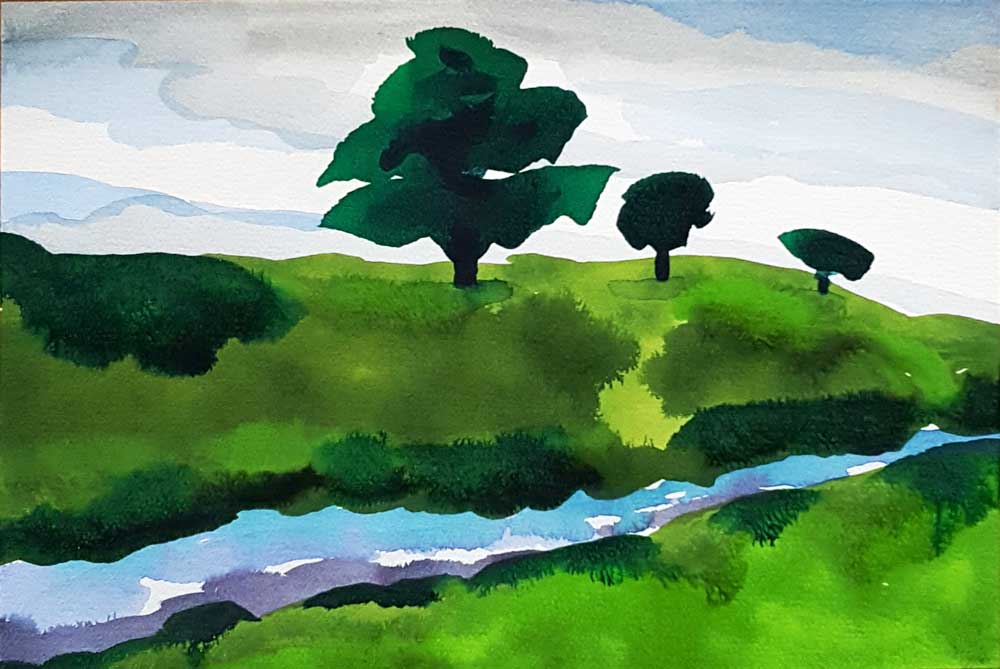

John Furnivall’s show at the Museum in the Park, Stroud
Mangers at the NT’s Little Moreton Hall, Cheshire
the birthplace of western civilisation
#mythicalseascapes – myth and legend
Cephallania, to give this Ionian island its name from antiquity, is forever linked to Homer’s Odyssey as the birthplace of the wandering Odysseus. Although the small neighbouring island of Ithaca is often credited with this honour, it is generally accepted that Cephalonia is the island from which he set out on his epic journey. Here, stark white hills rise from the clear blue sea, and small towns and villages crowd into rocky inlets along the coast. Evidence of the devastating earthquake that struck the island in 1953 is everywhere, with ruined buildings still rising from the tangled undergrowth that has reclaimed them. Alongside new whitewashed buildings one can still find evidence of the Mycenaean era (c.1500-1100 BC) in the form of ancient tombs, as well as Roman burial sites and theatres.
An area steeped in myth and legend encourages reality to shift, and distant islands appear to float above cerulean seas; the distant haze flattens any sense of distance or perspective, creating a natural abstract. The lack of scale makes the islands appear both far way and close in turn, inviting the traveller to cross over and set forth again just as the ancient Greeks did on their epic voyages. It was something of this mystery that I was attempting to capture in my paintings.
